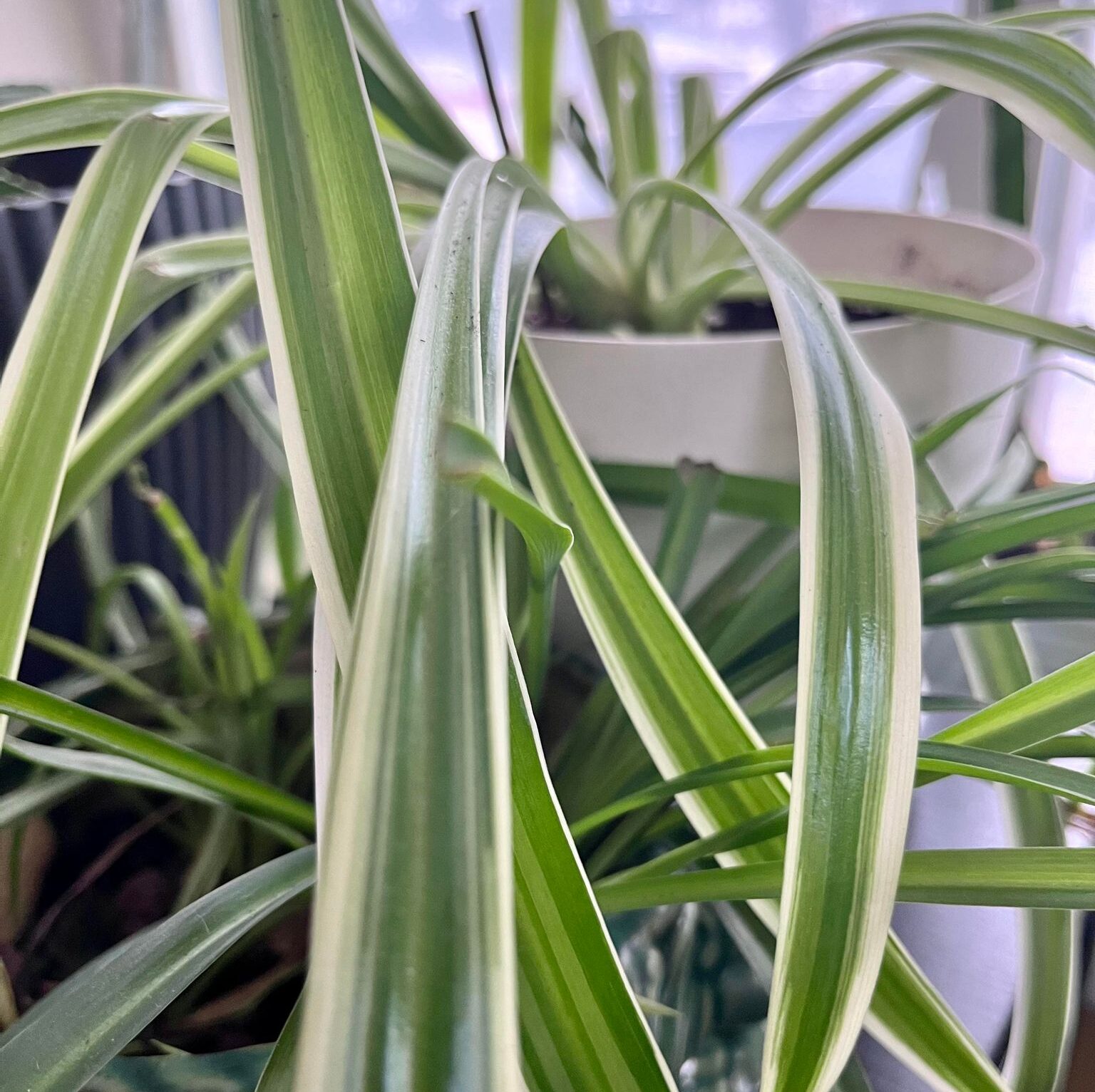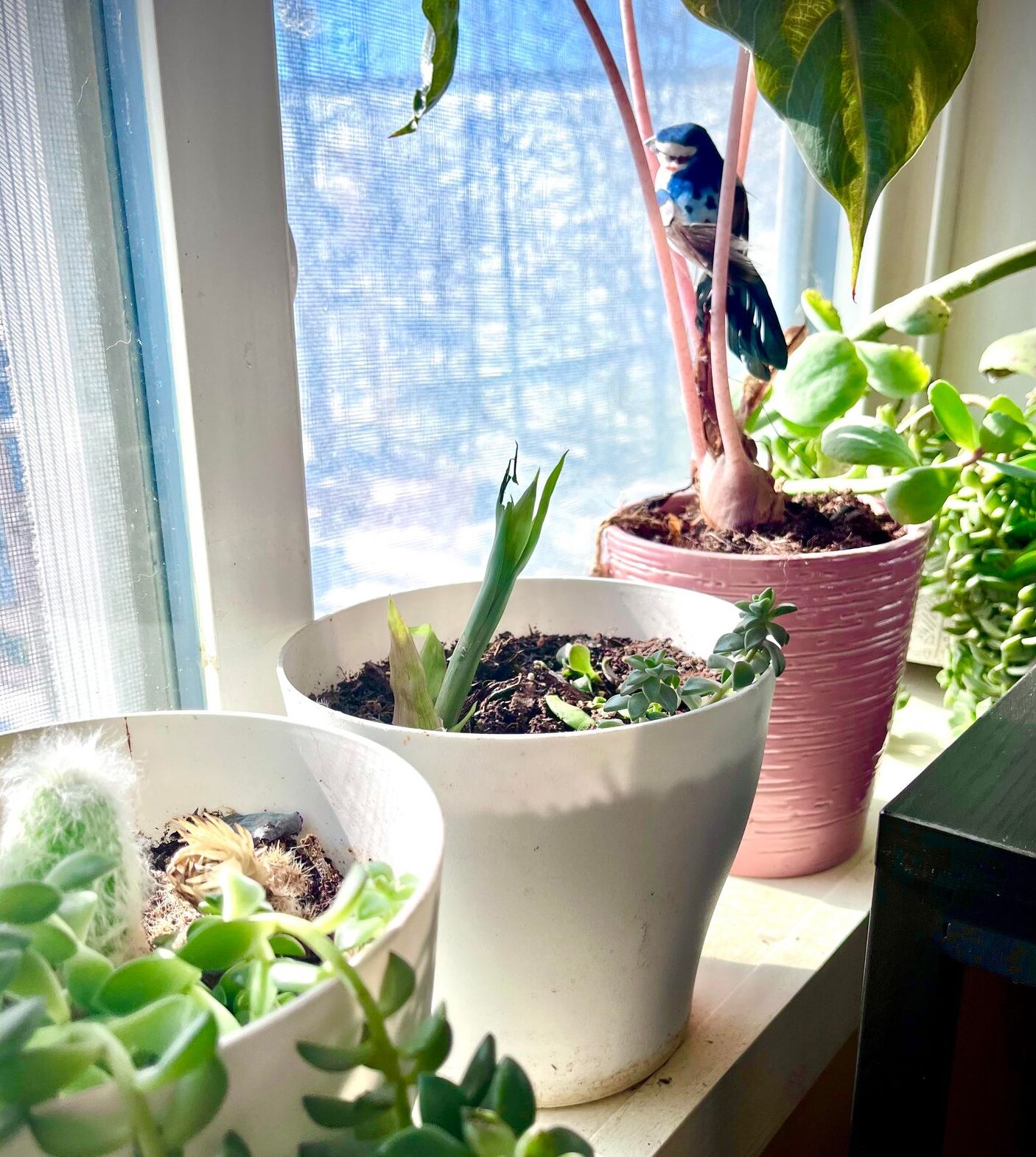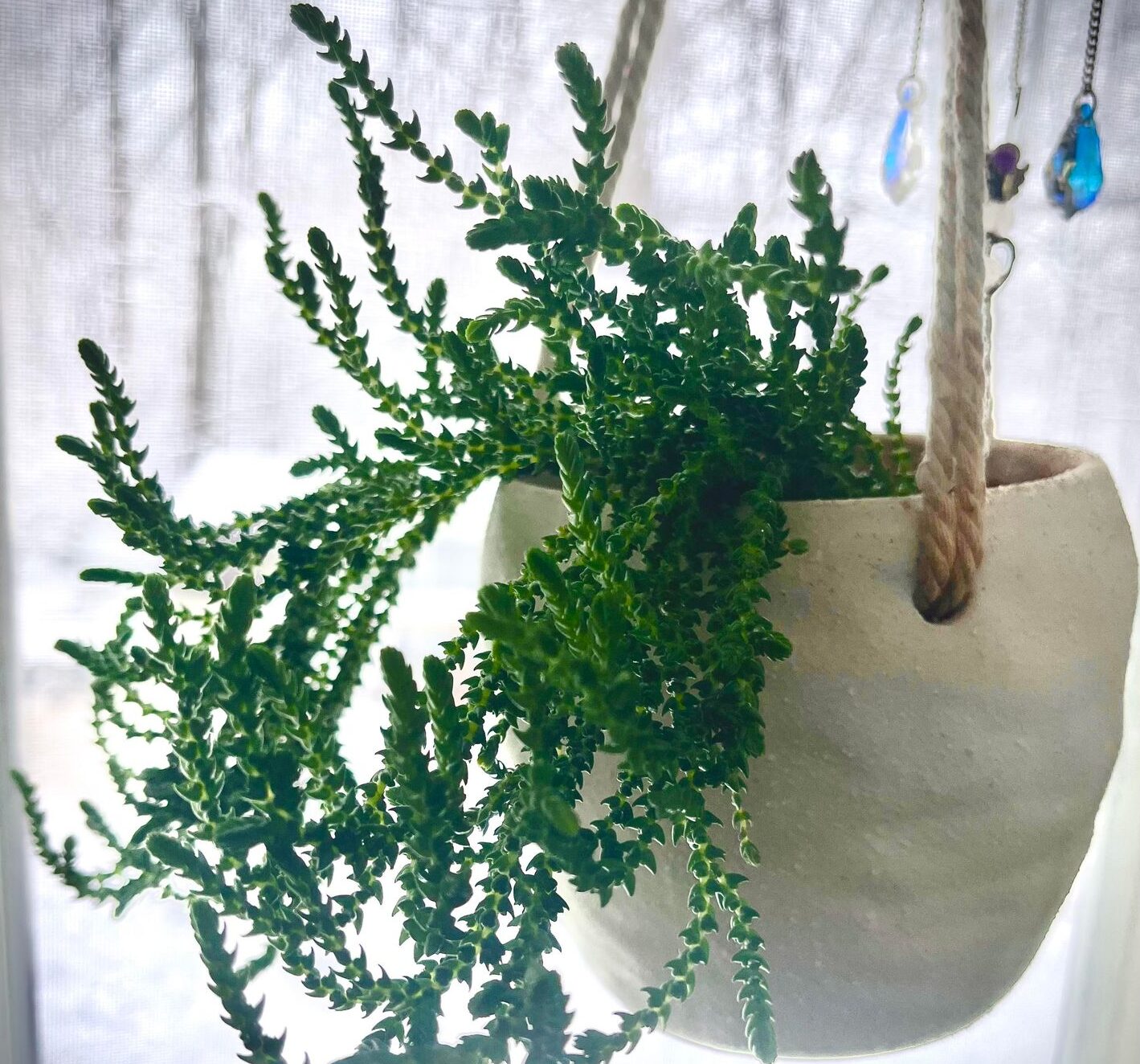
Neon Pothos Care and Propagation Guide
Neon Pothos Care and Propagation Guide
Welcome to my beginner’s guide to the captivating Neon Pothos plant! If you’re looking to add a splash of vibrant color to your indoor space, the Neon Pothos is an excellent choice. With its striking neon-colored leaves and low-maintenance nature, it has become a popular houseplant among plant enthusiasts and beginners alike.
The Neon Pothos, also known as Epipremnum aureum ‘Neon’, it’s a member of the Pothos family and is cherished for its eye-catching appearance. Its leaves boast vibrant shades of green, with neon accents that add a touch of brilliance to any room. What makes the Neon Pothos even more appealing is its ability to thrive in various lighting conditions, making it an ideal choice for homes and offices with different levels of natural light.
In this guide, we will not only explore the unique characteristics and benefits of the Neon Pothos plant but also provide you with essential tips on how to care for it and propagate new plants. Whether you’re an experienced plant parent or just starting your green journey, this article will equip you with the knowledge you need to successfully nurture and expand your Neon Pothos collection.
So, get ready to unlock the secrets of neon-hued beauty and discover how simple it can be to care for and propagate the captivating Neon Pothos plant. Let’s delve into the world of neon pothos care, as we explore the best practices for creating a thriving and visually stunning indoor green space.
Getting to Know the Neon Pothos Plant
Description and Characteristics
To truly appreciate the Neon Pothos, let’s take a closer look at its unique features. This trailing vine plant showcases heart-shaped leaves that are predominantly lush green, but what sets it apart is the neon accents that adorn its foliage. These bright pops of color can range from electric lime to vibrant chartreuse, creating a captivating contrast against the deep green backdrop.
Benefits of Growing a Neon Pothos Plant
Aside from its undeniable visual appeal, the Neon Pothos brings several benefits to your living space. One notable advantage is its ability to purify the air. Like its close relatives, the Neon Pothos excels in removing harmful toxins from the environment, helping to create a healthier indoor atmosphere.
Additionally, the Neon Pothos is renowned for being low-maintenance. It is forgiving and resilient, making it an ideal choice for those who are new to plant care. This plant can adapt to different light conditions, making it suitable for various corners of your home or office. Whether you have a bright, sunlit room or a spot with limited natural light, the Neon Pothos will thrive and add a touch of vibrant beauty to any space.
Now that we’ve explored the enticing qualities of the Neon Pothos, let’s delve into the essential care tips that will help you maintain its health and vibrancy. By following these guidelines, you’ll be well on your way to becoming a successful Neon Pothos plant parent.
Neon Pothos Care Tips
Lighting Requirements
Proper lighting is crucial for the Neon Pothos to thrive and maintain its vivid colors. While it can tolerate lower light conditions, it flourishes best in bright, indirect light. Place your Neon Pothos near a north or east-facing window where it can receive filtered sunlight throughout the day. Avoid exposing it to direct sunlight, it may burn the leaves.
Watering and Humidity
When it comes to watering your Neon Pothos, it’s essential to strike a balance. Allow the top inch of the soil to dry out between waterings, then water the plant thoroughly until water drains out from the bottom of the pot. Overwatering can lead to root rot, it’s very important not to let the plant sit in soggy soil.
Neon Pothos plants appreciate moderate humidity levels. If the air in your home tends to be dry, you can increase humidity by misting the leaves with water or placing the pot on a tray filled with pebbles and water. This will help create a more favorable environment for your Neon Pothos.
Temperature and Environment
The Neon Pothos prefers temperatures between 65-85°F (18-29°C). Avoid exposing it to extreme cold or hot drafts, as they can cause stress and damage the leaves. Keep the plant away from windows with direct exposure to chilly drafts during winter or air conditioning vents during summer.
Indoor environments with average room temperatures are generally suitable for the Neon Pothos. Just ensure it’s placed in a location where the temperature remains relatively stable throughout the year.
Soil and Fertilizer
Neon Pothos plants thrive in well-draining soil that retains some moisture without becoming waterlogged. A mixture of potting soil, peat moss, and perlite is a great combination to use. This combination allows excess water to drain while providing adequate moisture retention.
Fertilize your Neon Pothos every 2-4 weeks during the growing season (spring and summer) with a balanced, water-soluble houseplant fertilizer. Dilute the fertilizer to half the recommended strength to avoid overfeeding, as excessive nutrients can lead to leaf burn.
Now that you’re well-versed in Neon Pothos care, let’s explore the exciting world of propagating these vibrant plants. In the next section, we’ll guide you through the process of multiplying your Neon Pothos collection through propagation methods such as water propagation and stem cuttings. Get ready to expand your green kingdom!
Propagating the Neon Pothos Plant
Understanding Propagation Methods
Propagating the Neon Pothos allows you to create new plants from existing ones, expand your collection, or share them with friends. There are two primary propagation methods you can explore: water propagation and stem cuttings.
Water Propagation
Water propagation is a simple and popular method for propagating the Neon Pothos. Here’s how you can do it:
- Select a healthy vine: Look for a mature, healthy vine with at least two or three leaves. Using clean, sharp scissors or pruning shears, make a clean cut just below a node (the point where a leaf meets the stem).
- Place the cutting in water: Fill a clean glass or jar with room temperature water and submerge the cutting, ensuring that the node is immersed. Place the glass in a sunny area, but not in direct sunlight.
- Monitor and change the water: Check the water level regularly and replenish it as needed to keep the node submerged. Change the water every 1-2 weeks to prevent stagnation and bacterial growth.
- Root development: After a few weeks, you should start seeing roots emerging from the node. Once the roots are at least an inch long, you can transplant the cutting into a small pot with well-draining soil.
Stem Cutting Propagation
Stem cuttings are another effective way to propagate the Neon Pothos. Follow these steps to propagate stem cuttings:
- Choose a healthy stem: Select a healthy stem with several leaves. Use clean, sharp scissors or pruning shears, to make a clean cut just below a node.
- Remove lower leaves: Trim away the lower leaves, leaving at least two or three leaves at the top of the cutting. This helps redirect the plant’s energy toward root development.
- Prepare the cutting: Dip the cut end of the stem in rooting hormone powder (optional) to encourage root growth. This step is not necessary but can expedite the rooting process.
- Plant the cutting: Insert the cut end of the stem into a small pot filled with well-draining soil. Gently pressing the soil around the cutting to secure it in place. Mist the leaves to provide some humidity.
- Care for the cutting: Place the potted cutting in a warm, well-lit area, avoiding direct sunlight. Keep the soil slightly moist and be careful not to overwater, causing it to waterlog. Over time, the cutting will develop roots and grow into a new Neon Pothos plant.
Propagation allows you to expand your Neon Pothos collection and share the beauty of these vibrant plants. With a little patience and care, you can enjoy the rewards of successful propagation.
In the next section, we’ll address common issues that you may encounter while caring for your Neon Pothos and provide troubleshooting tips to keep your plants healthy and thriving. Stay tuned for valuable insights to help you overcome challenges and ensure the well-being of your Neon Pothos plants.
Troubleshooting Common Neon Pothos Issues
Overwatering and Underwatering
- Overwatering: One common mistake is overwatering, which can lead to root rot and other issues. Avoid this by always checking the moisture level of the soil before watering. If the top inch feels moist, hold off on watering. Make sure your plant has proper drainage by using well-draining soil and pots with drainage holes. Adjust your watering frequency based on the specific needs of your Neon Pothos.
- Underwatering: Underwatering can cause the leaves to wilt and dry out. If you notice the soil is dry and the leaves appear limp, it’s time to water your plant thoroughly. Remember to maintain a balanced watering routine to keep your Neon Pothos hydrated without drowning its roots.
Pests and Diseases
- Common pests: Neon Pothos plants can occasionally encounter pests such as spider mites, mealybugs, or scale insects. Regularly inspect your plant for any signs of infestation, including webs, sticky residue, or visible pests. Treat infestations by wiping the leaves with a damp cloth or using an insecticidal soap according to the product instructions.
- Diseases: While Neon Pothos plants are generally resilient, they can occasionally develop diseases like root rot or leaf spot. To avoid these issues, ensure proper drainage and avoid overwatering. If you notice any signs of disease, such as yellowing leaves or brown spots, adjust your watering habits and remove affected leaves to prevent further spread.
Remember to regularly clean and dust the leaves of your Neon Pothos to keep them free from debris and promote better air circulation, which can help prevent pest infestations and diseases.
Recommended Products
- Grow Light: A high-quality LED grow light is essential for ensuring optimal growth and vibrant foliage for your Neon Pothos, especially if you have limited natural light in your space. Look for a full-spectrum grow light that mimics natural sunlight and provides the right intensity for your plants’ needs.
- Well-Draining Potting Soil: Choose a well-draining potting soil specifically formulated for houseplants. This type of soil allows excess water to flow through, preventing waterlogging and root rot. Look for a mix that includes ingredients like perlite or vermiculite to improve drainage.
- Plant Mister: Maintaining proper humidity levels is crucial for the health of your Neon Pothos. A plant mister allows you to provide a fine mist of water, creating a more humid environment. Look for a mister with a fine misting nozzle for even distribution and easy handling.
- Rooting Hormone: If you’re propagating your Neon Pothos through stem cuttings, using a rooting hormone can enhance the success rate. Rooting hormone contains growth-promoting substances that stimulate root development. Opt for a powder or gel form for easy application.
- Liquid Houseplant Fertilizer: To nourish your Neon Pothos and promote healthy growth, a liquid houseplant fertilizer is a must. Choose a balanced formula with essential nutrients such as nitrogen, phosphorus, and potassium. Dilute the fertilizer according to the instructions and apply it during the growing season.
Remember to always read product labels, follow instructions, and choose reputable brands to ensure the quality and effectiveness of the products you use for your Neon Pothos.
Conclusion
Congratulations! You’ve now gained valuable insights into caring for and propagating the vibrant Neon Pothos plant. By providing the right lighting, watering appropriately, and creating a suitable environment, you can ensure the health and beauty of your Neon Pothos. Additionally, the ability to propagate the plant through water propagation and stem cuttings opens up exciting possibilities for expanding your collection and sharing the joy of this stunning plant with others.
Should you encounter any challenges, such as overwatering or pests, don’t worry. Armed with troubleshooting tips, you can overcome these obstacles and continue to enjoy a thriving Neon Pothos collection. Remember, patience, observation, and a little TLC goes a long way in plant care.
Now it’s time to put your newfound knowledge into practice and embark on your Neon Pothos journey. Enjoy the beauty, air-purifying qualities, and low-maintenance nature of this remarkable plant. Happy caring and propagating!
Search
Popular Posts
-
Self-Watering Planters: Low-Maintenance Solutions for Busy Plant Parents
Self-Watering Planters In our fast-paced lives, plant enthusiasts, often referred to as “busy plant parents,” grapple with the challenge of providing optimal care to their indoor green companions. The act of watering, a crucial aspect of indoor plant care, becomes a daunting task when time is a luxury. Enter the game-changer: self-watering planters. These innovative…
-
Watch Chain Crassula Muscosa Care and Propagation Guide
Watch Chain Crassula Muscosa Indoor plants bring a special kind of joy to our homes. They add a touch of nature, making our living spaces more peaceful. I love watching each leaf grow and seeing how strong each stem can be. Today, let’s dive into the world of indoor succulents, focusing on a cool one…
Categories
Archives
Tags
air-purifying plants (2) Aloe Vera plant (1) botanical haven (1) busy plant parents (1) Carnivero collection (1) Carnivero Tropical Pitcher Plant (1) carnivorous plants (2) gardening advice (1) gardening tips (3) growing succulents (1) Houseplant care (2) houseplants (3) impact on indoor environments (1) indoor air quality (1) indoor gardening (5) Indoor plant care (3) indoor plant enthusiasts (1) indoor plants (1) indoor succulents (1) low-maintenance solutions (1) maintaining planters (1) nasa's clean air study (1) neon pothos care (1) neon pothos plant (1) Nepenthes care (1) photosynthesis (1) pitcher plant care (1) pitcher plant cultivation (1) plant care (3) planters on amazon (1) plant maintenance (1) plant mechanisms (1) plant parenting (2) plant propagation (4) propagating succulents (1) self-watering planters (1) Succulent care (3) succulent family (1) succulent haven (1) succulent identification (1) succulent tips (1) top-rated products (1) tropical pitcher plant (1) tropical plants (1) watch chain crassula (1)






Leave a Reply